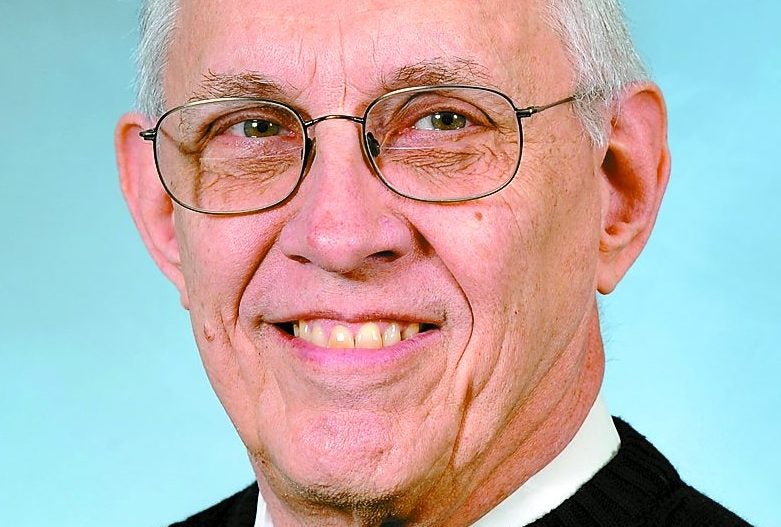Witt: Renaming military posts carries a cost
Published 9:43 am Tuesday, August 4, 2020

- Chuck Witt is a retired architect and a lifelong resident of Winchester.
|
Getting your Trinity Audio player ready...
|
Following closely on the heels of the furor surrounding the removal of statues of Confederate military figures came the suggestion that the names of military installations which bear the names of such individuals be changed.
Whether this is called for or not is open to discussion. There are strong feelings on both sides, but in the end one might hope for soundness in judgment and reason in application.
There are 10 U.S. military installations named after Confederate generals. All the installations are Army.
Forts Pickett, A.P. Hill and Lee are located in Virginia. Forts Benning and Gordon are in Georgia. Forts Beauregard and Polk are in Louisiana and Fort Rucker, Fort Bragg and Fort Hood are located in Alabama, North Carolina and Texas, respectively.
Many of these generals were graduates of West Point and chose to serve the Confederacy after resigning their commissions in the Union Army.
All of these installations were formed during the periods of World War I or World War II when the country was rapidly expanding its military forces.
In Kentucky, Fort Knox, dating originally from 1861, was a low-key facility following the Civil War, until 1918 when it was made into a permanent military installation. It is named after the U.S. Secretary of War Henry Knox, who also served in the Continental Army as a general of artillery.
Fort Campbell was formed in 1941, ironically on the same day that Pearl Harbor was attacked by the Japanese. It was named after Union Brig. Gen. William Bowen Campbell, who was a resident of Tennessee but did not support that state’s secession. He was later governor of Tennessee.
At this time, it seems likely that the names of the 10 installations will be changed. It will be interesting to see who will be chosen to lend their names to them and who will be tasked to make the decisions.
The Army has not been the only branch to recognize the accomplishments of Confederate military figures.
Two submarines, since de-commissioned, were named after Robert E. Lee and Stonewall Jackson. Another submarine was named after George Erasmus Dixon who was the commander of the Confederate submarine Hunley, which sank the Union blockading ship Housatonic.
A submarine tender, commissioned in 1962, was named the Hunley.
All of these ships are de-commissioned so there is unlikely to be any suggestion that their names be changed on the record. Surely most people would agree that such a move is unwarranted.
So, back to the issue of changing the names of the military installations.
At the very least it should be recognized that these installations were named in a different time, when the issue of emancipation was less on the minds of the people. That’s not to say it was right, only that it just persisted. Since all the above-named installations are located in Southern states, it seems highly likely that the legislators from those states had a good deal to do with naming them.
It would certainly be interesting to look into the history of the selections of the names for these installations and who made the choices.
In the final analysis, any re-naming of them should occur in a reasoned atmosphere of consideration and thought. It will not be a process without substantial cost.
Chuck Witt is a retired architect and a lifelong resident of Winchester. He can be reached at chuck740@bellsouth.net.





